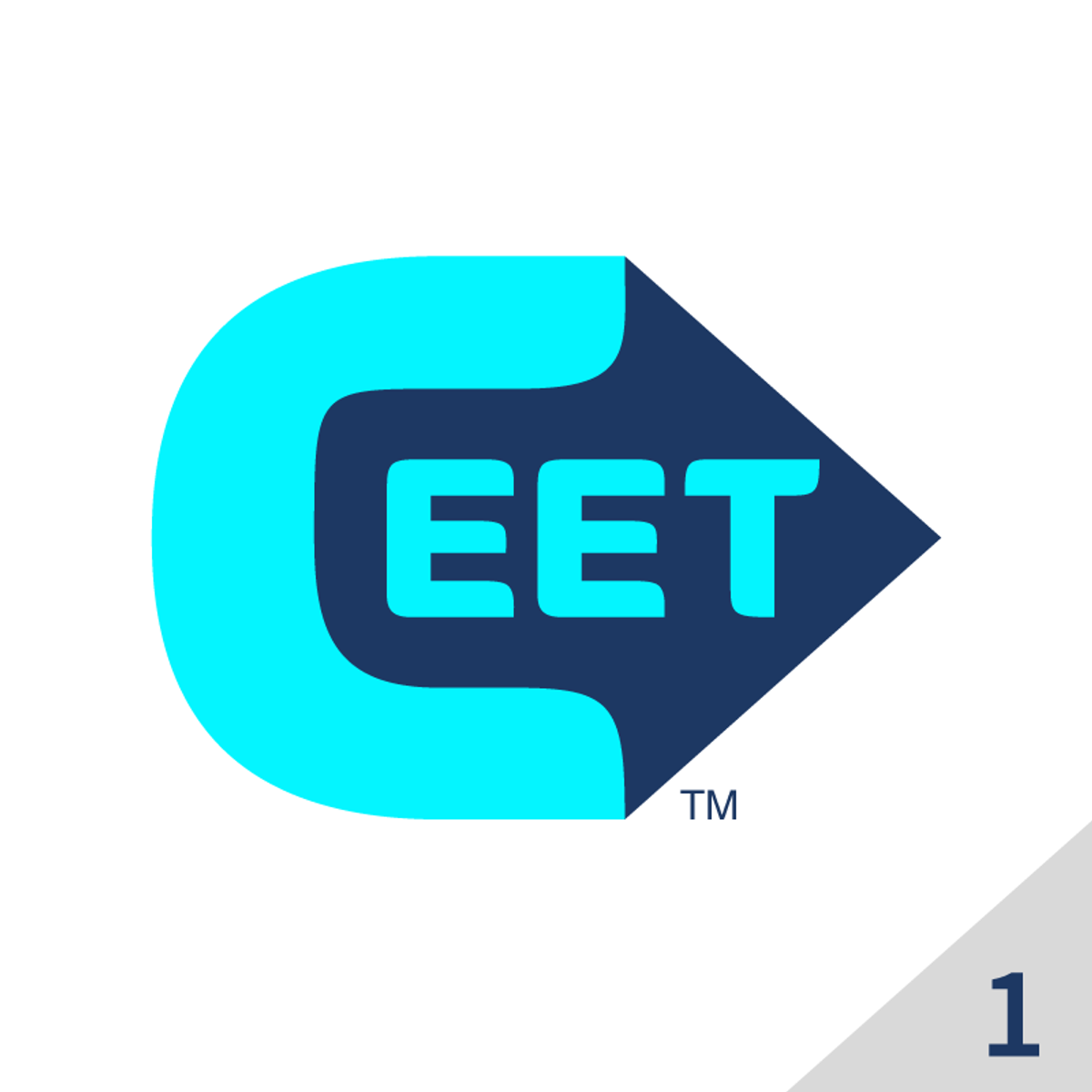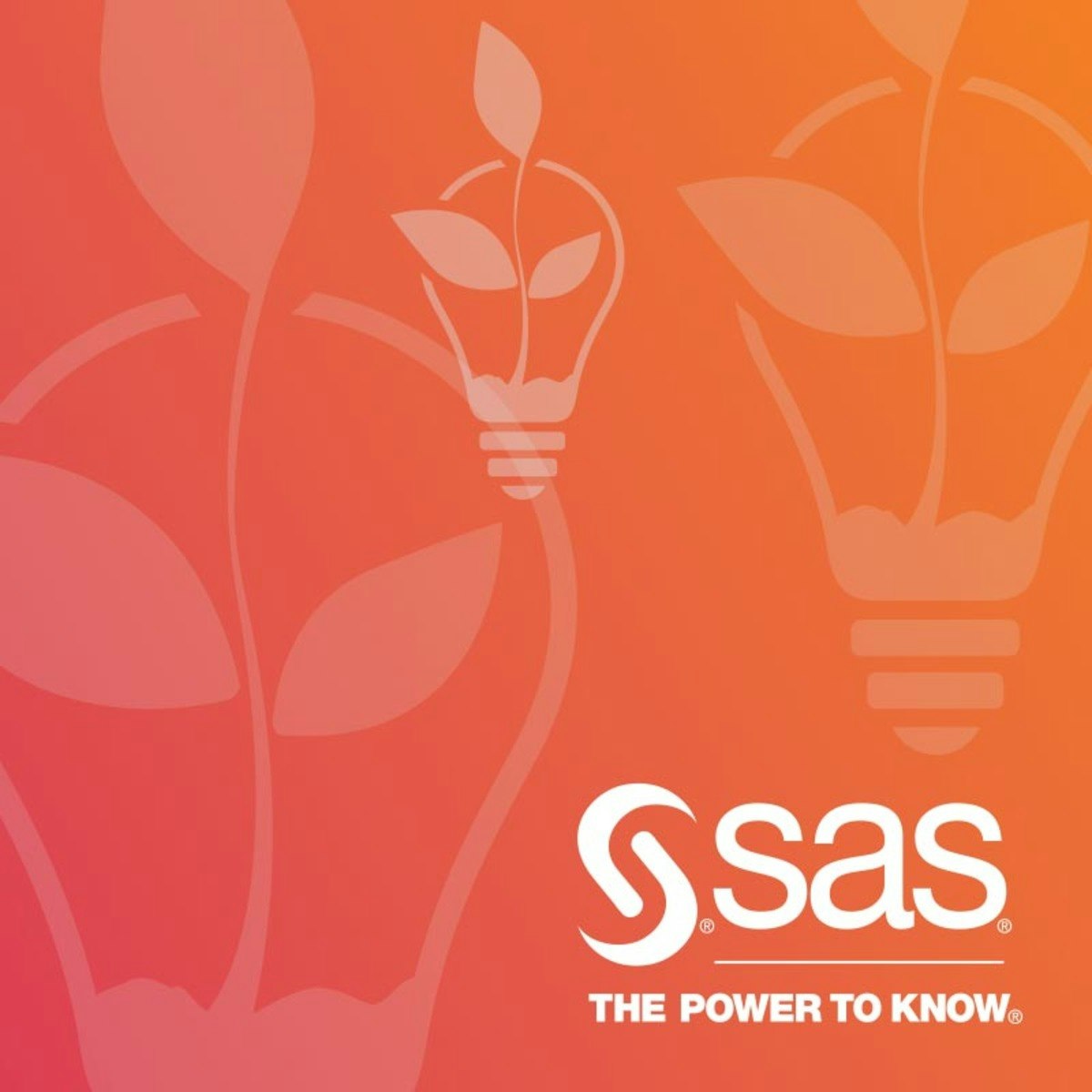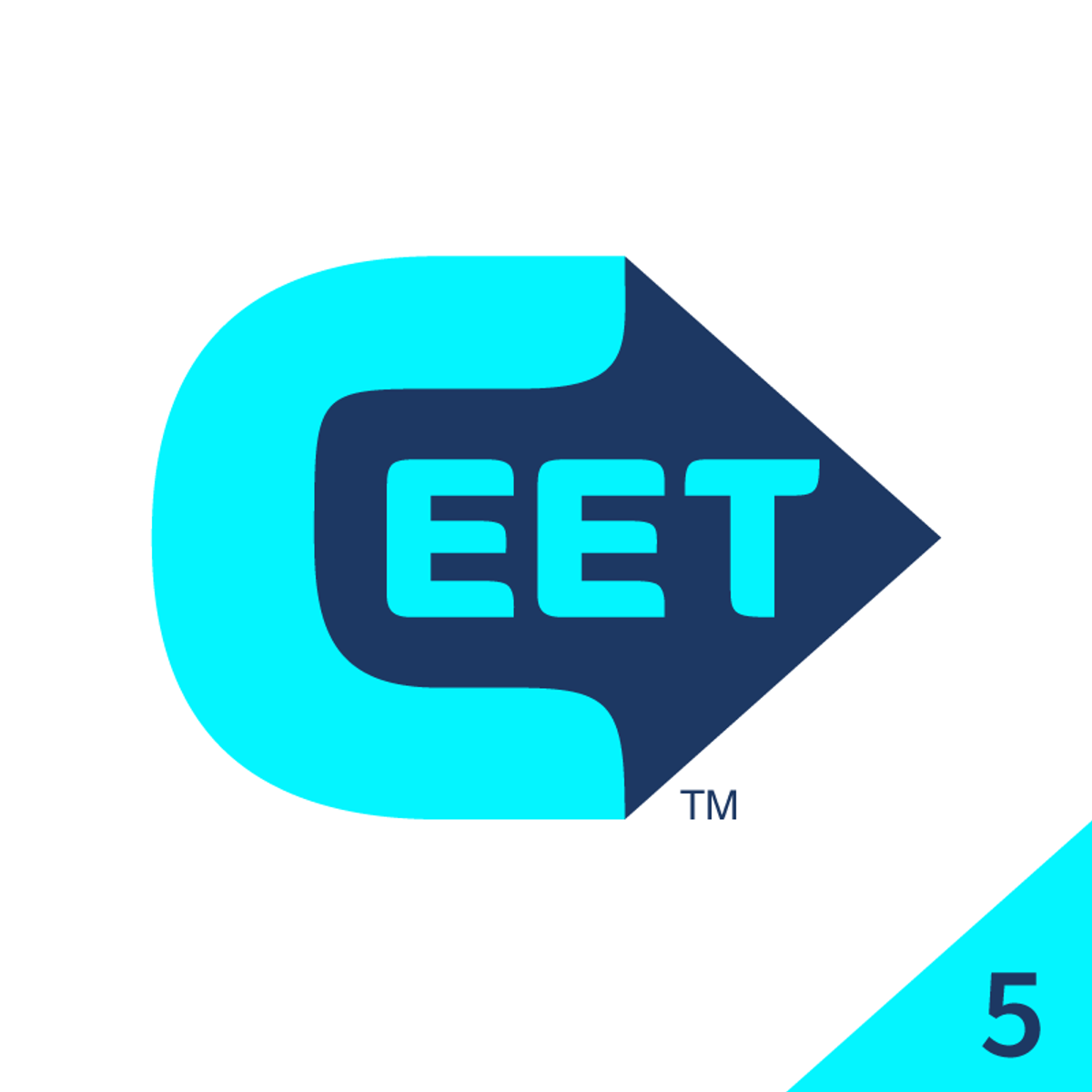Back to Courses









Data Science Courses - Page 47
Showing results 461-470 of 1407

CASL Programming for Distributed Computing in SAS® Viya®
Welcome to the CASL Programming for Distributed Computing in SAS Viya course. SAS Viya is an AI, analytic and data management platform running on a scalable, distributed, cloud-native architecture.
In this course you will learn how how to use the native CAS programming language (CASL) to leverage SAS Cloud Analytics Services (CAS), the high-performance, in-memory analytics and distributed computing engine in SAS Viya . You will learn how to use CASL to access, explore, prepare, analyze, and summarize data in the CAS server's massively parallel processing environment.
This is an advanced course, intended for learners with at least one year of programming experience with a modern language: (SAS, R, Python, SQL, and so on), and at least one year of experience working with data. To be successful in this course, you should have a general understanding of fundamental computer programming concepts and the data analytics lifecycle.
By the end of the course, you will be able to:
- Understand and use various SAS Viya servers.
- Connect to the CAS server to access and manage data.
- Use CASL to explore, prepare and analyze data.
- Create reports and visualizations using SAS Viya.
Promote the Ethical Use of Data-Driven Technologies
The greatest risk in emerging technology is the perpetuation of bias in automated technologies dependent upon data sets. Solutions created with racial, gender or demographic bias, whether unintentional or not can perpetuate tragic inequities socially and economically. This is the first of five courses within the Certified Ethical Emerging Technologist (CEET) professional certificate and it is designed for learners seeking to advocate and promote the ethical use of data-driven technologies. Students will learn what emerging technologies are and how they can be used to create data driven solutions. You will learn types of bias and common ethical theories and how they can be applied to emerging technology, and examine legal and ethical privacy concepts as they relate to technologies such as artificial intelligence, machine learning and data science fields. Throughout the course learners begin to distinguish which types of bias may cause the greatest risk and which principles to apply to strategically respond to ethical considerations.
Doing More with SAS Programming
This course is for business analysts and SAS programmers who want to learn data manipulation techniques using the SAS DATA step and procedures to access, transform, and summarize data. The course builds on the concepts that are presented in the Getting Started with SAS Programming course and is not recommended for beginning SAS software users.
In this course you learn how to understand and control DATA step processing, create an accumulating column and process data in groups, manipulate data with functions, convert column type, create custom formats, concatenate and merge tables, process repetitive code, and restructure tables. This course addresses Base SAS software.
Before attending this course, you should be able to write DATA step code to access data, subset rows and columns, compute new columns, and process data conditionally. You should also be able to sort tables using the SORT procedure and
apply SAS formats.

Introduction to Spreadsheets and Models
The simple spreadsheet is one of the most powerful data analysis tools that exists, and it’s available to almost anyone. Major corporations and small businesses alike use spreadsheet models to determine where key measures of their success are now, and where they are likely to be in the future. But in order to get the most out of a spreadsheet, you have the know-how to use it. This course is designed to give you an introduction to basic spreadsheet tools and formulas so that you can begin harness the power of spreadsheets to map the data you have now and to predict the data you may have in the future. Through short, easy-to-follow demonstrations, you’ll learn how to use Excel or Sheets so that you can begin to build models and decision trees in future courses in this Specialization.
Basic familiarity with, and access to, Excel or Sheets is required.

Business Statistics and Analysis Capstone
The Business Statistics and Analysis Capstone is an opportunity to apply various skills developed across the four courses in the specialization to a real life data. The Capstone, in collaboration with an industry partner uses publicly available ‘Housing Data’ to pose various questions typically a client would pose to a data analyst.
Your job is to do the relevant statistical analysis and report your findings in response to the questions in a way that anyone can understand.
Please remember that this is a Capstone, and has a degree of difficulty/ambiguity higher than the previous four courses. The aim being to mimic a real life application as close as possible.
Create and Lead an Ethical Data-Driven Organization
Creating and leading an ethical data-driven organization, when done successfully, is a cultural transformation for an organization. Navigating a cultural shift requires leadership buy in, resourcing, training, and support through creation of boards, policies, and governance. Beyond leadership and organization, it is imperative to engage employees through forums and incentive programs for continual involvement. A strong understanding of ethical organizational policies provides the foundation for consistent monitoring to maintain an ethical culture.
In this fifth course of the CertNexus Certified Ethical Emerging Technologist (CEET) professional certificate, learners will develop strategies to lead an applied ethics initiative, champion its crucial importance, and promote an ethical organizational culture. Learners will learn how to develop and implement ethical organizational policies and a code of ethics. They will also be prepared to evaluate the effectiveness of policies with internal and external stakeholders.
This course is the fifth of five courses within the Certified Ethical Emerging Technologist (CEET) professional certificate. The preceding courses are titled Promote the Ethical Use of Data-Driven Technologies, Turn Ethical Frameworks into Actionable Steps, Detect and Mitigate Ethical Risks, and Communicate Effectively about Ethical Challenges in Data-Driven Technologies.

Machine Learning Introduction for Everyone
This three-module course introduces machine learning and data science for everyone with a foundational understanding of machine learning models. You’ll learn about the history of machine learning, applications of machine learning, the machine learning model lifecycle, and tools for machine learning. You’ll also learn about supervised versus unsupervised learning, classification, regression, evaluating machine learning models, and more. Our labs give you hands-on experience with these machine learning and data science concepts. You will develop concrete machine learning skills as well as create a final project demonstrating your proficiency.
After completing this program, you’ll be able to realize the potential of machine learning algorithms and artificial intelligence in different business scenarios. You’ll be able to identify when to use machine learning to explain certain behaviors and when to use it to predict future outcomes. You’ll also learn how to evaluate your machine learning models and to incorporate best practices.
In addition to receiving a certificate from Coursera, you'll also earn an IBM Badge to help you share your accomplishments with your network and potential employer.
This Course Is Part of Multiple Programs
You can also leverage the learning from the program to complete the remaining two courses of the six-course IBM Machine Learning Professional Certificate and power a new career in the field of machine learning.

Siamese Network with Triplet Loss in Keras
In this 2-hour long project-based course, you will learn how to implement a Triplet Loss function, create a Siamese Network, and train the network with the Triplet Loss function. With this training process, the network will learn to produce Embedding of different classes from a given dataset in a way that Embedding of examples from different classes will start to move away from each other in the vector space.
This course runs on Coursera's hands-on project platform called Rhyme. On Rhyme, you do projects in a hands-on manner in your browser. You will get instant access to pre-configured cloud desktops containing all of the software and data you need for the project. Everything is already set up directly in your Internet browser so you can just focus on learning. For this project, you’ll get instant access to a cloud desktop with (e.g. Python, Jupyter, and Tensorflow) pre-installed.
Prerequisites:
In order to be successful in this project, you should be familiar with Python, Keras, Neural Networks.
Notes:
- You will be able to access the cloud desktop 5 times. However, you will be able to access instructions videos as many times as you want.
- This course works best for learners who are based in the North America region. We’re currently working on providing the same experience in other regions.

Matrix Methods
Mathematical Matrix Methods lie at the root of most methods of machine learning and data analysis of tabular data. Learn the basics of Matrix Methods, including matrix-matrix multiplication, solving linear equations, orthogonality, and best least squares approximation. Discover the Singular Value Decomposition that plays a fundamental role in dimensionality reduction, Principal Component Analysis, and noise reduction. Optional examples using Python are used to illustrate the concepts and allow the learner to experiment with the algorithms.

Fashion Classification with Deep Learning for Beginners
Hello everyone and welcome to this hands-on guided project on deep learning 101. The objective of this project is to predict fashion class such as pants, shirts, and shoes from grayscale images. This guided project is practical and directly applicable to the fashion industry. You guys can add this project to your portfolio of projects which is essential for your next job interview.
Popular Internships and Jobs by Categories
Find Jobs & Internships
Browse
© 2024 BoostGrad | All rights reserved